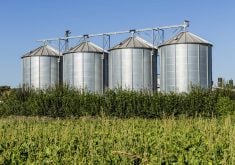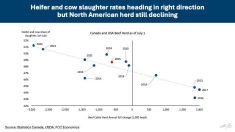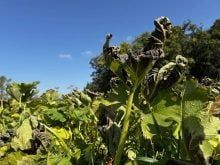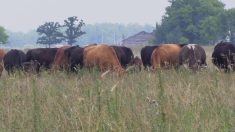Low soil moisture reserves in Russia’s southern breadbasket pose risks for the 2023 grain crop of the world’s largest wheat exporter, said agriculture ministry official Roman Nekrasov on Oct. 6.
Farmers in Russia have accelerated winter wheat sowing after recent rain eased dry soil conditions in some regions last week, though sowing is still delayed compared with a year ago.
Moisture reserves are low in Russia’s southern Krasnodar, Rostov and Stavropol regions, the main wheat producing and exporting areas of the country, Nekrasov told an agriculture conference in Moscow.
Read Also
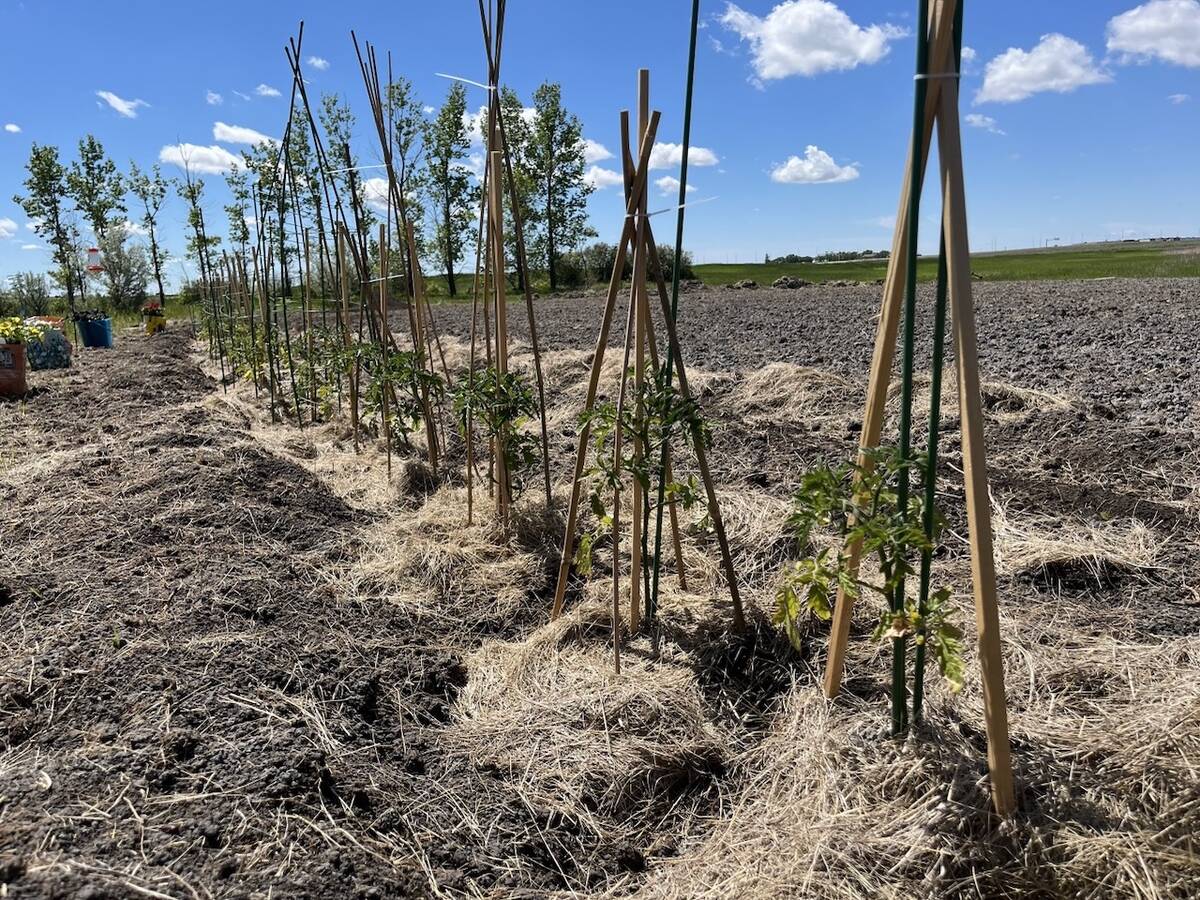
Seeding Indigenous agricultural prosperity
National Circle for Indigenous Agriculture and Food says Indigenous agricultural success needs strong relationships.
He urged farmers to pay special attention to the need to store additional precipitation during winter and boost moisture reserves to brighten crop prospects for 2023.
There are no estimates of the 2023 grain crop so far. In 2022, Russian officials expect the country to harvest a record grain crop of 150 million tonnes, including 100 million tonnes of wheat.



